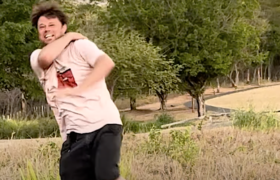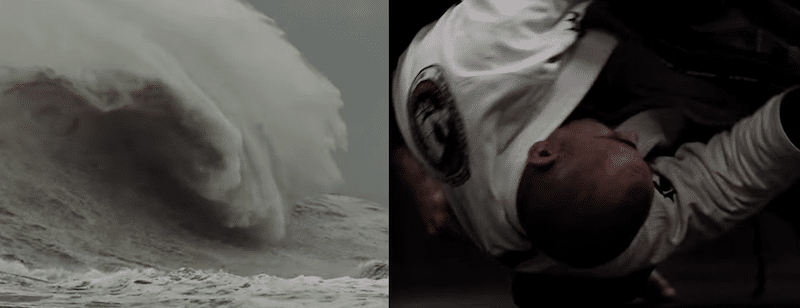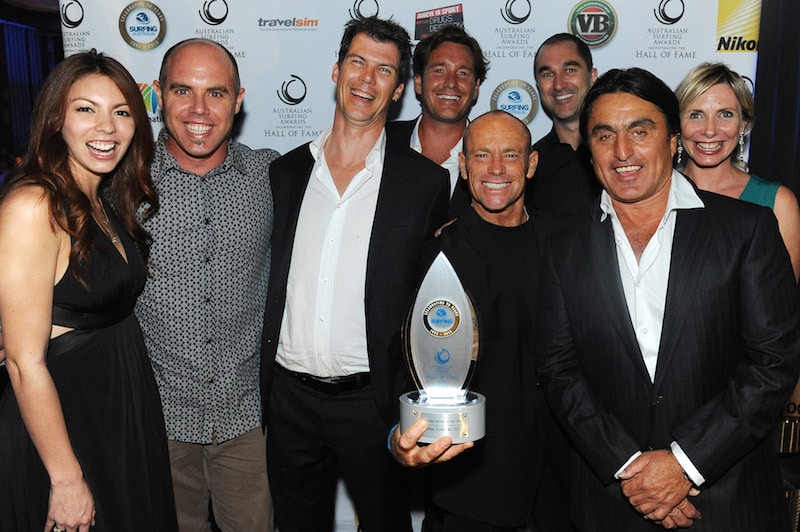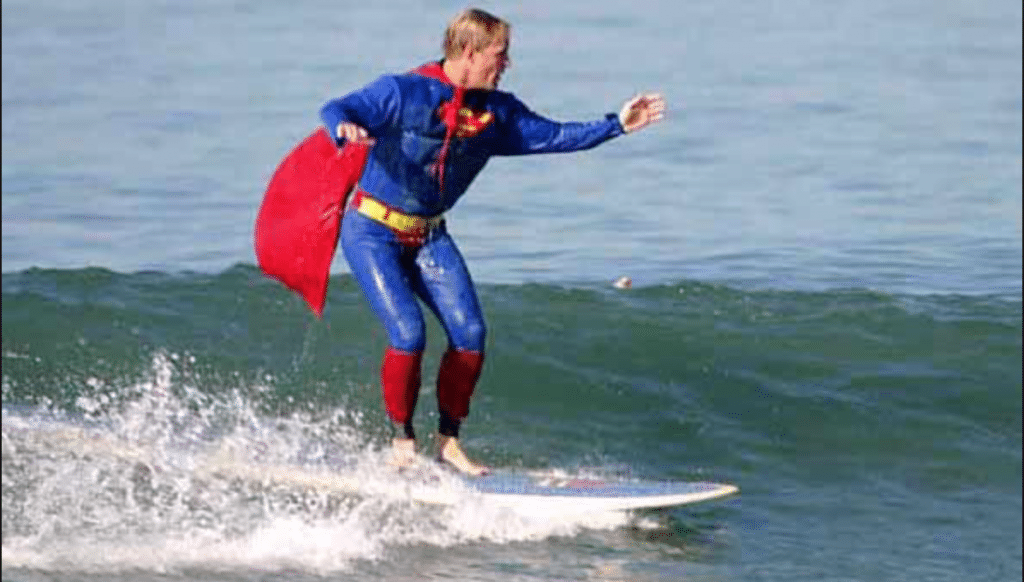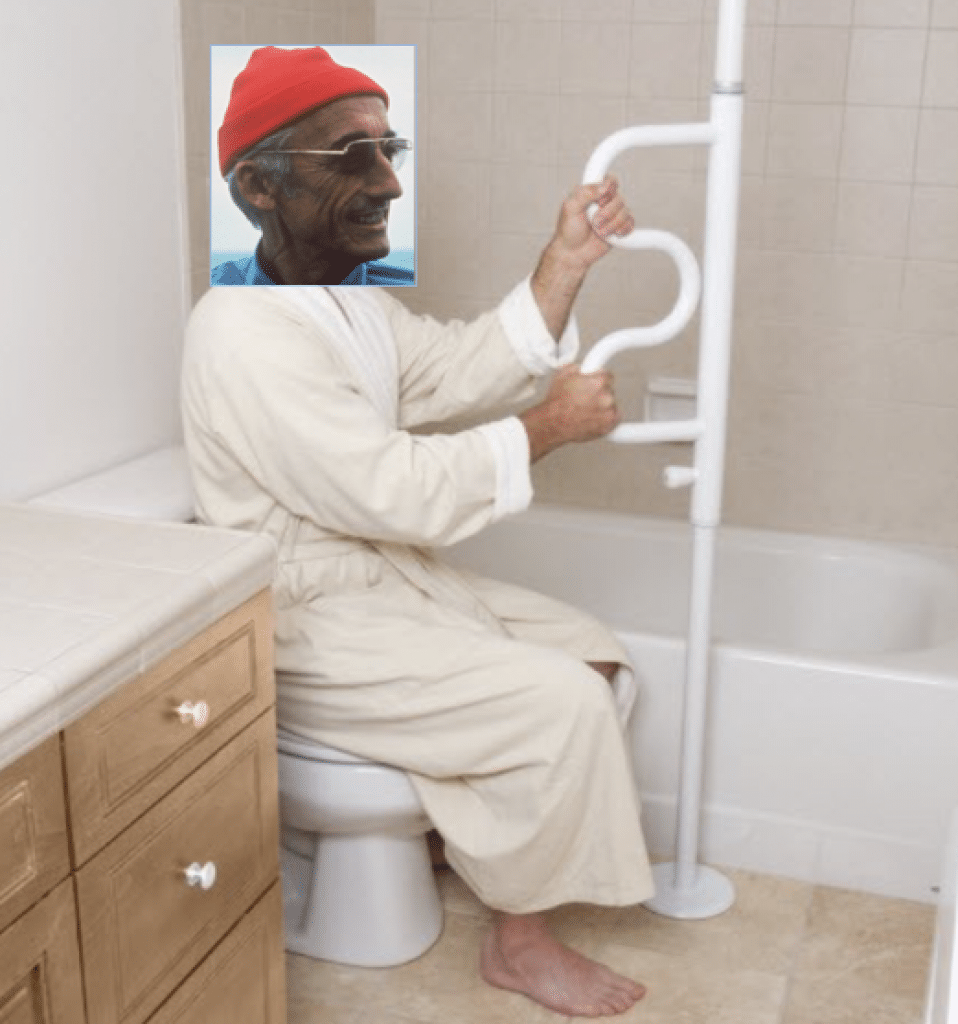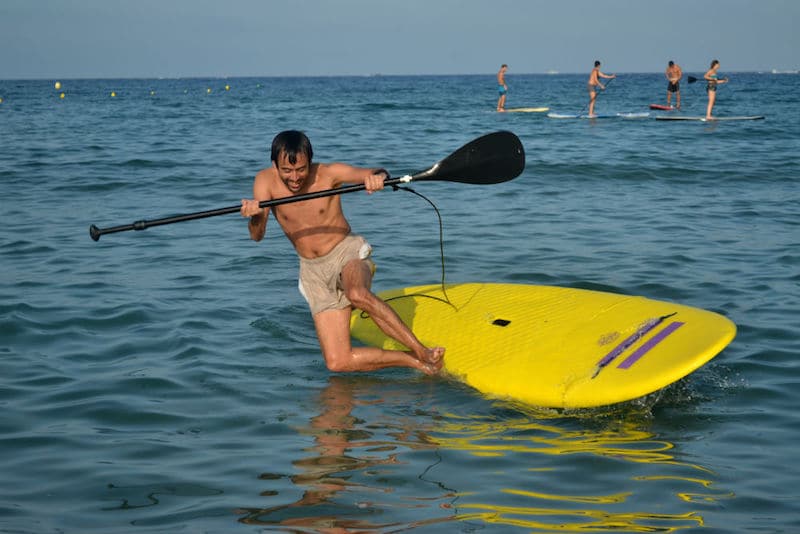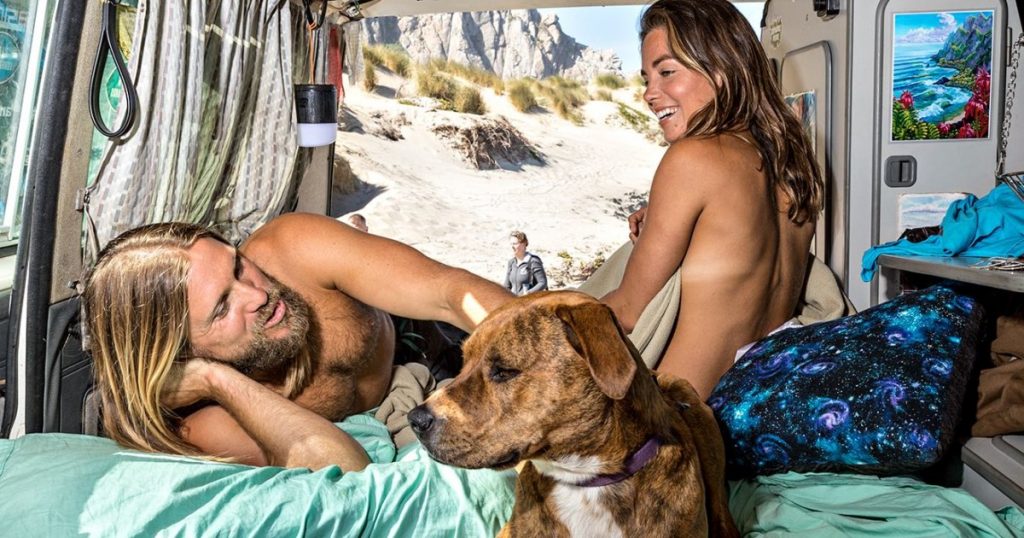Who knew surfers doin' the #VanLife thing could be this elevating!
The resilience of America and its citizens never fails to elevate. Where else but, say, Bangladesh or Romania, can a man work fifty hours a week and not earn enough to provide a roof over the head of his family?
Hence America’s living-in-car culture.
Some of my best friends, gainfully employed, have taken, at various points, to habitat in their little Japanese saloons and hatches. If America has the highest rate of incarceration in the world it can also claim to have the highest rate of in-car-ceration.
Get it? Yeah.
Anyway, a spin-off of the Car Dream is #VanLife where surfers, mostly, deck out a Ford Sprinter or VW Vanagon and live the nomadic dream of moving from beach to beach. Each day a new lineup, a new scene, a new angle on the swell, the sun.
What thrills me, and I suppose I’m not alone, is surfing your ass off and then returning to what is, effectively, a giant bed and licking the salt off your lover’s thighs while you do a switcharoo and flop the old hoagie in her face. Oh, that might be life’s greatest pleasure.
In the April 24 issue of The New Yorker Rachel Monroe has a cut a piece out of the life-of-the-road dream. The story is called #VanLife, The Bohemian Media Movement. Like all stories in The New Yorker it is written in the most compelling and authoritative manner.
Let’s excerpt a little:
Emily King and Corey Smith had been dating for five months when they took a trip to Central America, in February, 2012. At a surf resort in Nicaragua, Smith helped a lanky American named Foster Huntington repair the dings in his board. When the waves were choppy, the three congregated in the resort’s hammock zone, where the Wi-Fi signal was strongest. One afternoon, Huntington listened to the couple have a small argument. Something about their fond irritation made him think that they’d be suited to spending long periods of time together in a confined space. “You guys would be great in a van,” he told them.
The year before, Huntington had given up his apartment in New York and his job as a designer at Ralph Lauren, and moved into a 1987 Volkswagen Syncro. He spent his days surfing, exploring, and taking pictures of his van parked in picturesque locations along the California coast. It was the early days of Instagram, and, over time, Huntington accumulated more than a million followers. He represented a new kind of social-media celebrity, someone famous not for starring in movies or recording hit songs but for documenting an enviable life. “My inspiration,” went a typical comment on one of his posts. “God I wish my life was that free and easy and amazing.” Huntington tagged his posts with phrases like #homeiswhereyouparkit and #livesimply, but the tag he used most often was #vanlife.
King and Smith left Nicaragua for Costa Rica, but the idea of the van stuck with them. King, a telegenic former business student, had quit her job at a Sotheby’s branch when she realized that she was unhappy. Smith, a competitive mountain biker and the manager of a kayak store, had never had a traditional office job. They figured they could live cheaply in a van while placing what they loved—travelling, surfing, mountain biking—at the center of their lives. When King found out that she’d been hired for a Web-development job that didn’t require her presence in an office, it suddenly seemed feasible.
King and Smith, who are thirty-two and thirty-one, respectively, had grown up watching “Saturday Night Live” sketches in which a sweaty, frantic Chris Farley character ranted, “I am thirty-five years old, I am divorced, and I live in a van down by the river!” But, the way Huntington described it, living in a vehicle sounded not pathetic but romantic. “I remember coming home and telling my mom, ‘I have something to tell you,’ ” King said. “She thought I was going to say we were getting married or having a baby. But I said, ‘We’re going to live in a van.’ ”
Is #VanLife really the dream it’s painted to be on Instagram?
Ken Ilgunas spent most of two years living in a van when he was a graduate student at Duke University in order to avoid racking up debt, an experience he chronicled in a book called “Walden on Wheels,” published in 2013. Living in a van makes you thriftier and more self-reliant, Ilgunas told me. You learn to live with discomfort, a quality that he doesn’t see in the Instagram version of vanlife. “My van never looked like anything out of a Wes Anderson film,” he said. “It was difficult for me to wash my cooking pots. For a couple of weeks, I had mice living in my ceiling upholstery. There were times the van got so hot I thought I would die if I took a nap. And it was lonely. Just knowing that I would have to tell women where I lived deterred even the thought of dating.” In contrast, the vans on Instagram look like “aesthetically pleasing jewelry boxes,” Ilgunas said. “Usually with one or two good-looking people sprawled out in bed in front of a California beach.”
Read the rest and the in-between bits here!
And learn how to build your own van, the brain spawn of the lovely Cyrus Sutton!
(Click here.)
